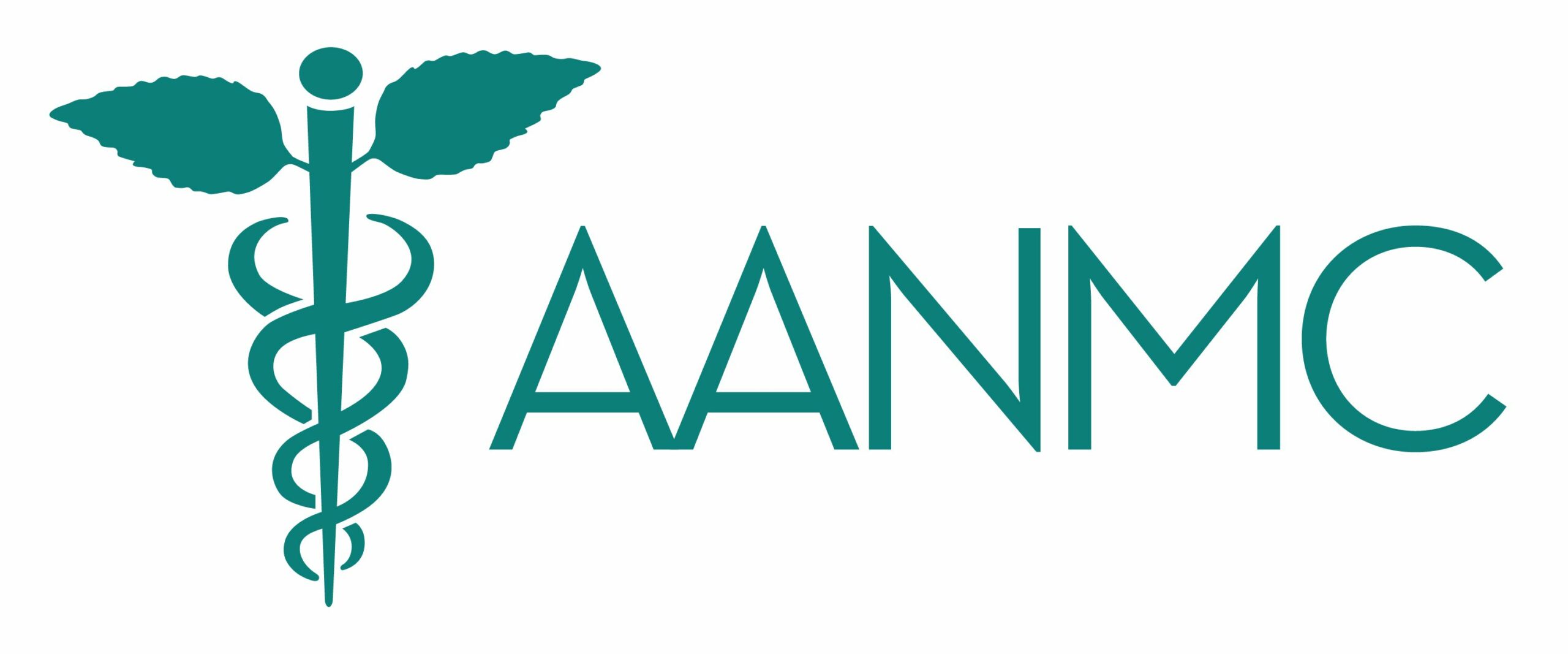Cognitive Behavioral Therapy (CBT) is a type of treatment that uses science-backed approaches to challenge negative thoughts and behaviors, aiming to lessen emotional distress. CBT methods all concentrate on altering unhelpful beliefs about how likely and costly expected problems are. This is done through different strategies like changing thoughts (cognitive restructuring) and facing fears (exposure). 1
CBT can be useful for those dealing with an array of issues, including anxiety, depression, substance use, post-traumatic stress disorder (PTSD), obsessive-compulsive disorder (OCD), and general stress. 2 3 A naturopathic doctor can help you learn basic CBT techniques and/or refer you to a therapist who specializes in this field.
Simple CBT Techniques to Try
Exposure
Exposure is a technique used by cognitive behavioral therapists to help patients get more comfortable with things they are afraid of by exposing themselves to the feared situation in small, , controlled and manageable steps. 4 For example, if you have a fear of heights that is negatively impacting your life, you may start by watching videos or looking at photos of people standing at the top of a ladder, on a mountain peak, or walking a tightrope. Exposing yourself to these images while you are in a safe and supported environment can make them feel less scary. Once you start to feel comfortable with this, you might try going to a high floor in a tall building and looking through a window to see how it feels. After this becomes easy, you could go to a rooftop patio or stand on a high balcony. Eventually, these gradual exposures may make heights feel easier to navigate and lessen your fear. 5 *Please note, if you exhibit life-threatening anxiety symptoms, this should be done with a trained professional.
Keep a Thought Record
Try keeping a running list of negative thoughts you have during a given week. There are many different ways to keep a thought record, but a common recommendation is to write down your negative thought and then write down any reasons why your negative thought may not be true. For example, if your friend doesn’t reply to your message, you may have the negative thought “my friend doesn’t want to talk to me because they don’t like me,” and then you could write down “I am trying to read my friend’s mind and assuming the worst, even though I can’t know the real reason they did not reply – they could be very busy or having a hard week.” 6 This helps you get in touch with your feelings and become aware of how much negative thinking you are doing on a regular basis, and helps you begin to address and change those thoughts going forward.
Use the Cognitive Triangle
The cognitive triangle is a simple CBT tool you can use to help break negative thought patterns. It is similar to keeping a thought record, but has more structure and requires you to positively reappraise your thoughts, feelings, and behaviors as opposed to just your thoughts. 7
The cognitive triangle is a graph depicting thoughts, feelings, and behaviors all leading to one another, as shown below:

To use the cognitive triangle, start by writing down a negative thought you had about something. For example, the thought could be “my anxiety is too severe for CBT to help.” Next, write down any feelings that come up as a result of that thought. Those might include things like “hopeless,” “self-loathing,” “insecure,” and “helpless.” Now, write down the behaviors that are likely to follow in this scenario, such as deciding not to try CBT and not searching out any other potential coping mechanisms.
Now, try restructuring your first thought by making it positive and truthful. For example, you might say “CBT helps many people with anxiety, and it may at least help improve my anxious feelings even if it does not completely alleviate them.” Note the feelings that come from this thought – perhaps “motivation,” “hope,” and “trust.” Now, write down the behaviors that these feelings might trigger, such as “trying CBT techniques consistently and with an open mind and recording the results.” By using the CBT triangle in this situation, you have changed your typical negative pattern of thoughts, feelings, and behaviors and given yourself the opportunity to explore a new way of doing things. Breaking negative patterns you have become used to provides more self-compassion and the opportunity to address your struggles in a new way and find out if it works for you.
The information presented on this site is intended for educational purposes only and is not a substitute for professional medical advice, diagnosis, or treatment. Always seek the advice of a qualified healthcare provider with any questions you may have regarding a medical condition.








